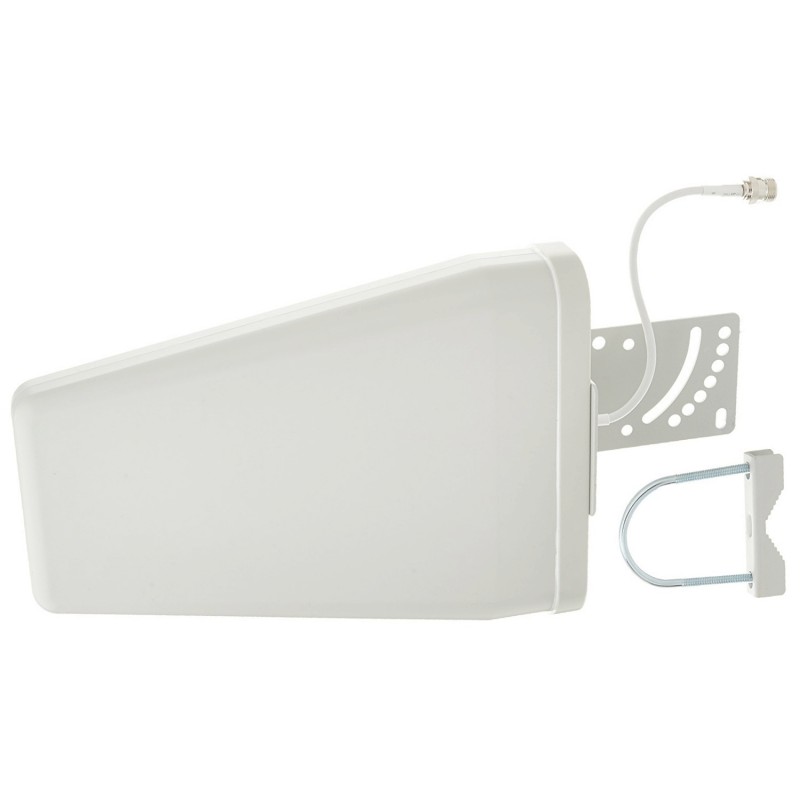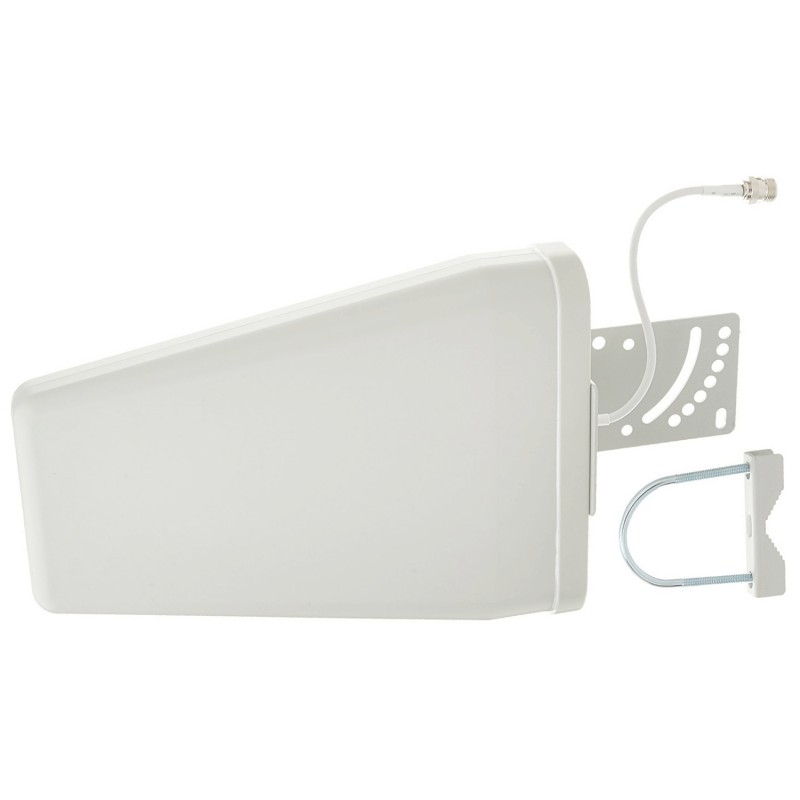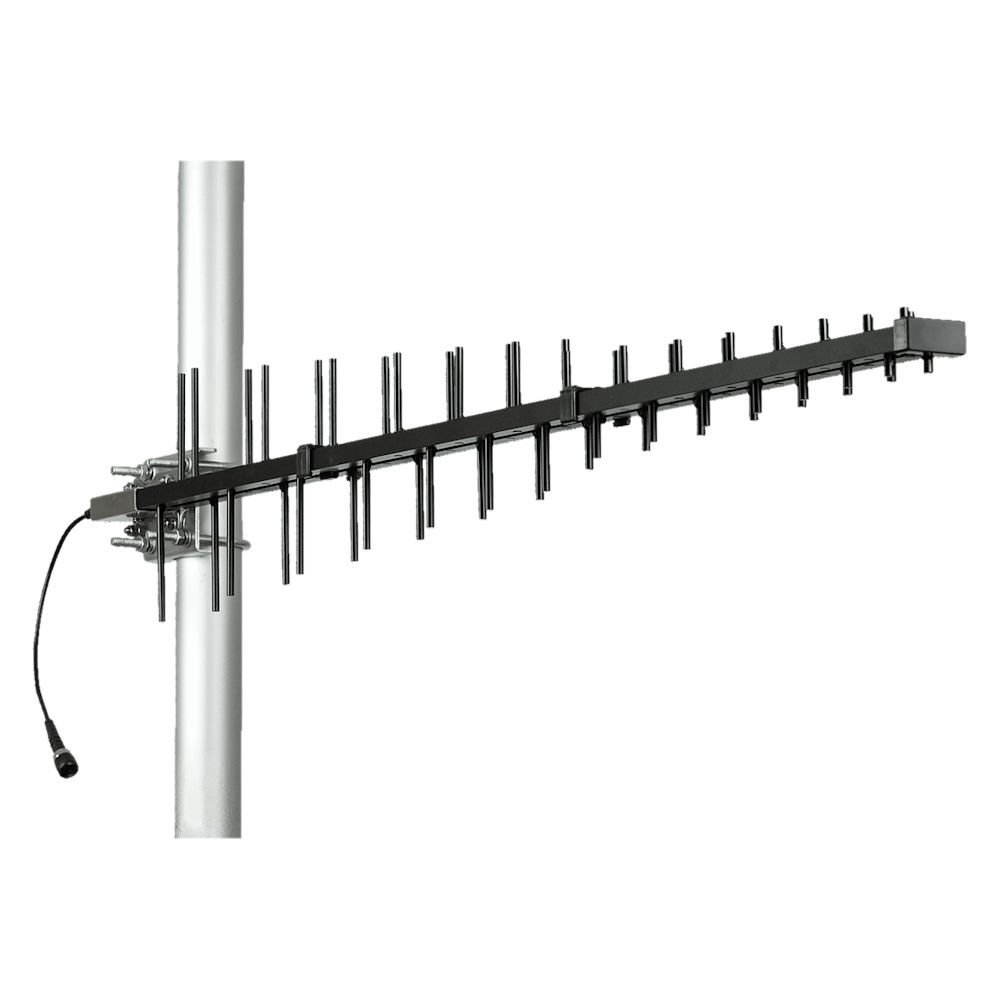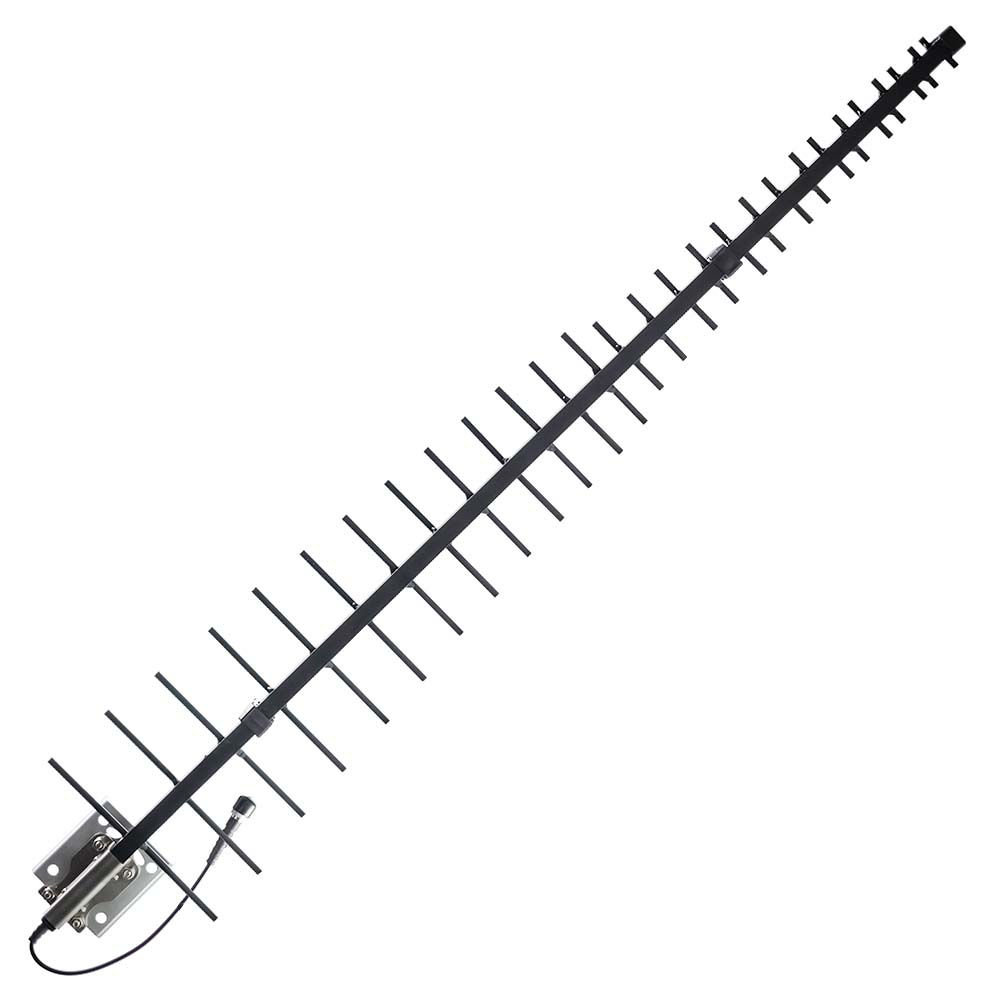Answer
Aug 12, 2025 - 08:17 AM
All antennas need a path to the transmitting base station (in this case, a cell tower). If that path is blocked and no signal is available, then there’s no way for the antenna to communicate with the tower. For example, a rural home that’s down in a valley may have signal passing overhead but not getting into the valley; in that case, no antenna is going to work because there’s no signal in the valley.
Directional antennas work best when (a) there is available signal, and (b) that signal is stronger in a specific direction the antenna can be pointed at (usually the direction of the cell tower). If trees or other obstacles are causing the signal to scatter and reflect, and therefore the signal at the reception point is truly directionless, an omnidirectional antenna may be a better option. (You can test to see if signal is stronger in a specific direction using these instructions.)
An omnidirectional antenna is most often used when the reception point is continually moving (like on a car or a boat) and when you need a cell signal booster to pick up signal from multiple carriers with towers in different directions.
Since you have “decent, weak signal” outside, as long as that signal is stronger in a specific direction and you only need signal from that specific tower, then a directional antenna may be your best option.
Directional antennas work best when (a) there is available signal, and (b) that signal is stronger in a specific direction the antenna can be pointed at (usually the direction of the cell tower). If trees or other obstacles are causing the signal to scatter and reflect, and therefore the signal at the reception point is truly directionless, an omnidirectional antenna may be a better option. (You can test to see if signal is stronger in a specific direction using these instructions.)
An omnidirectional antenna is most often used when the reception point is continually moving (like on a car or a boat) and when you need a cell signal booster to pick up signal from multiple carriers with towers in different directions.
Since you have “decent, weak signal” outside, as long as that signal is stronger in a specific direction and you only need signal from that specific tower, then a directional antenna may be your best option.







